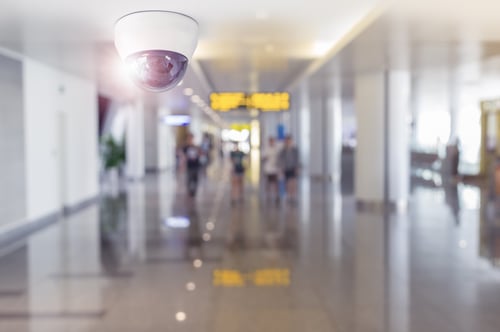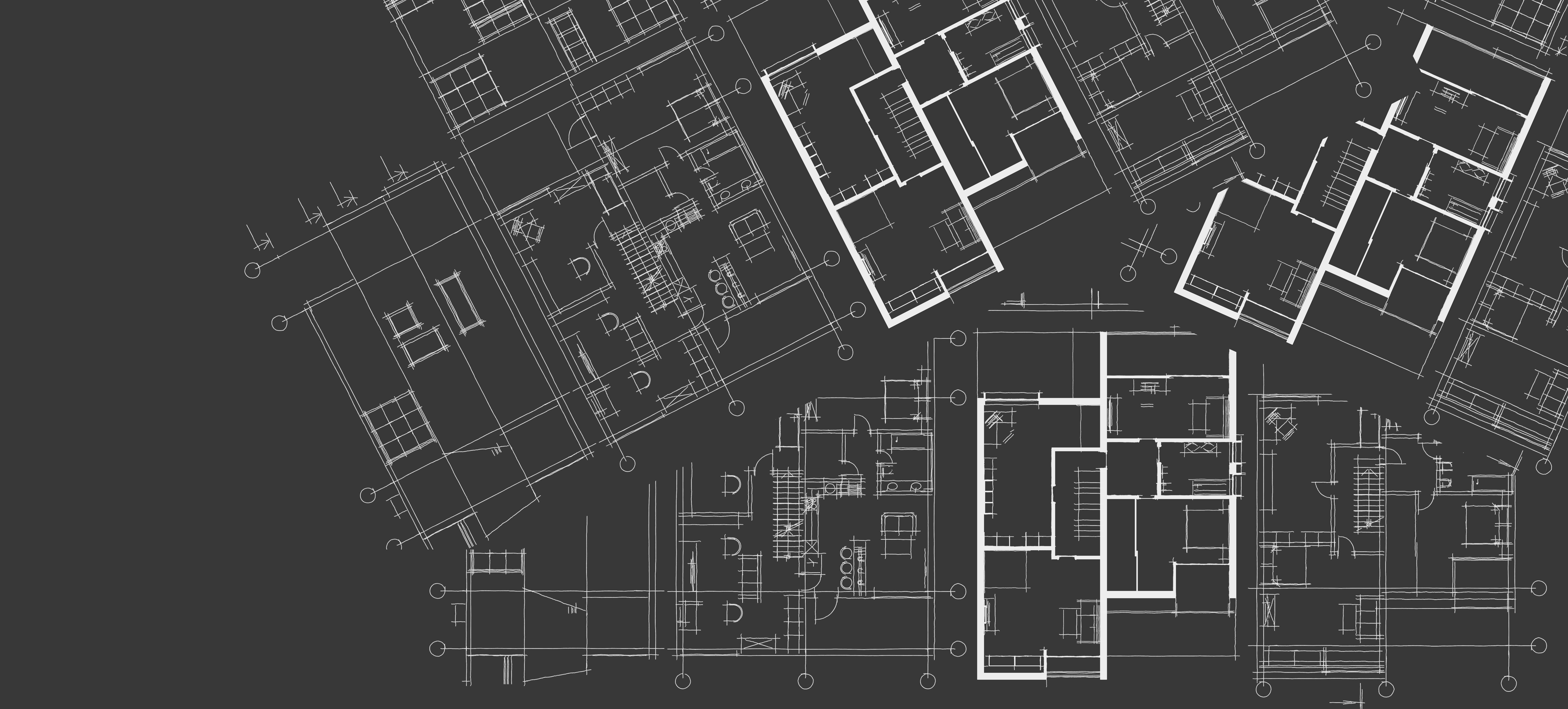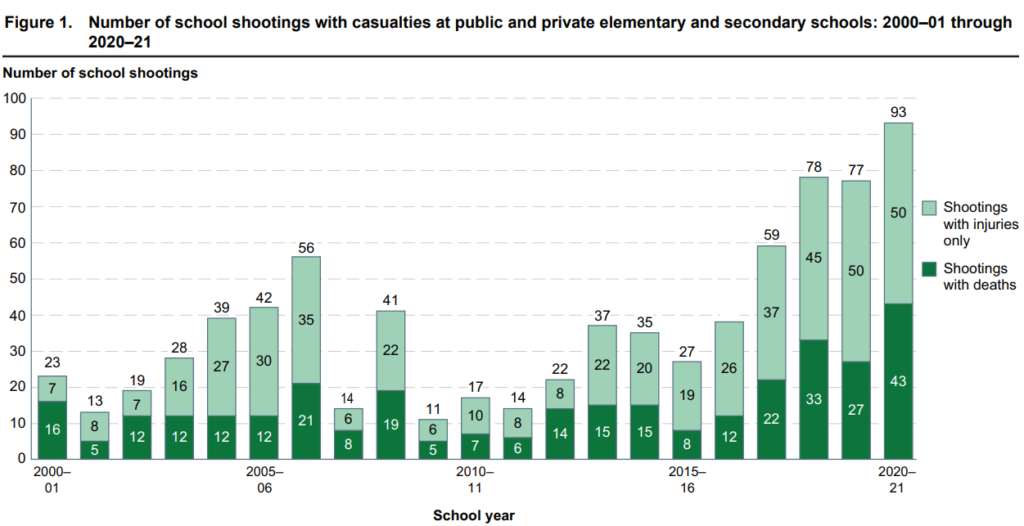BACK TO SCHOOL SAFETY
Brosnan® believes every student should be able to learn in a safe environment.
That can be difficult to achieve in today's unstable global landscape.
There are unique security concerns for K-12 schools, colleges and universities.
A good campus safety solution must take into account not only the needs of
the administration but also the needs of the student population.
.
BROSNAN'S SCHOOL SECURITY

Our security personnel are highly-trained, professional and responsive to both student and faculty needs. We prepare them to handle everything from fights and vandalism to active shooters. They are also supported by 24/7 threat monitoring at the Brosnan Command Center® and real-time intelligence from local and national authorities.
Brosnan® takes a holistic approach to school security so that administrations and school districts not only have the physical security measures they need, but they also have the tools to support students and change the culture.

- SECURITY AND THREAT ASSESSMENTS
- ARMED AND UNARMED SECURITY OFFICERS
- ACCESS CONTROL
- PARKING ENFORCEMENTS
- STUDENT ESCORTS
- ACTIVE SHOOTER TRAINING
- COUNTER-TERRORISM ASSESSMENTS
- BACKGROUND SCREENING
- INVESTIGATIONS
- EMERGENCY RESPONSE AND DISASTER RECOVERY SERVICES
- CUSTOMIZED SECURITY SYSTEMS
Active Shooter Preparedness Program
We provide defensive planning strategies that outline cost effective ways to harden facilities against this threat. We also develop online training programs and conduct site-specific tabletop exercises for employees, staff and security personnel in order to minimize risk, enhance preparedness and maximize safety inside work environments. We conduct a detailed analysis of your floor plan as well as your cameras, alarms and related technology.


Image Source: Report published by the Bureau of Justice Statistics (BJS) and the National Center for Education Statistics (NCES), Institute of Education Sciences (IES), in the Department of Education.
Brosnan's Subject Matter Experts
Eric White, Executive Vice President at Brosnan Risk Consultants, serves as President of his local school board in Bentonville, Arkansas.
“We are responsible for the education and safety of 20,000 students in our school district. As a board, we approve funding for security measures, but one of the biggest challenges we and other boards face is figuring out how to prioritize security recommendations. There is no one size fits all.”
School Risk Assessment
Factors such as geographic location, size, facilities and socioeconomic makeup of the student body all come into play when discussing school security. There are also a variety of security threats to cover. "What the media focuses on is the high impact events like active shooters, but there is a host of other criminal activities and gun incidents that occur daily on school campuses," says White.
An Effective School Security Solution
Simply hardening a school facility is not a long-term solution because it does nothing to address the cause of violence.
“Many try to limit the discussion around school security to one topic—either hardening or mental health. But an effective school safety solution has three elements: hardening; emergency procedures, plans and training; and social and emotional learning.” White recommends these security measures roll out concurrently, with budget allocated to each one.
- Hardening a facility refers to physical security measures. These can include cameras, metal detectors, perimeter fences, access control, security personnel and background checks. Budget for security personnel is a challenge for many schools. The ideal is a school resource officer, who is an adjunct from the local police department, but they are costly. An alternative is a credentialed security officer who may be armed or unarmed. Some schools have even begun arming teachers, but this is not a solution that fits every school
- Emergency planning deals with procedures and training that go beyond the typical tornado and fire drill, which schools have become experts at over the years. Today’s emergency planning requires schools to plan for the worst—an active shooter, mass casualty situation. Everyone from the principal to the janitor needs to know whether to shelter in place, hide, or run. These decisions are environmentally and situationally driven. Administrators and security partners need to help teachers and other staff understand how to make these decisions during a high-stress, high-stakes event. More importantly, staff and students need to be trained on potential warning signs among the student body so an event can be prevented before a student reaches the breaking point.
- According to White, Social and Emotional Learning (SEL) is the least understood and the least leveraged in society today. SEL uses skills teachers already have to educate their students on how to manage emotions, make good decisions, and have empathy for others. It is a process that raises a student’s emotional IQ. When students no longer tolerate bullying and other negative behaviors, the culture of the school begins to change. This new culture now has a positive impact on the mental health of students and helps to decrease violence within the student body. It also causes negative behavior to stand out, allowing teachers and the administration to help students through counselling or alert local authorities about a threat. This is critical because post event analysis of school active shooter events has shown that someone knew the shooter was about to do something or was concerned about the shooter but did not take action.
Paying for School Security
Schools are spending more than ever before on security. Some of this spending is driven by fear of litigation for negligence should an incident occur. White says, “It’s important to involve the school district attorney in any decisions so he or she can help schools avoid undue risk. However, decisions about security should not be based on fear. That puts schools in a defensive position, rather than an offensive one.”
Security is an incremental investment that never ends. Having a professional security firm can help answer questions about what security measures are worth the money. They also help get everyone on the same page so you can address all three needed elements to a good school security plan. The end goal is that schools create a safe emotional environment along with a safe physical environment.
.png?width=3262&height=888&name=Brosnan%20smart%20security%20solutions%20Logo%20white%20(1).png)